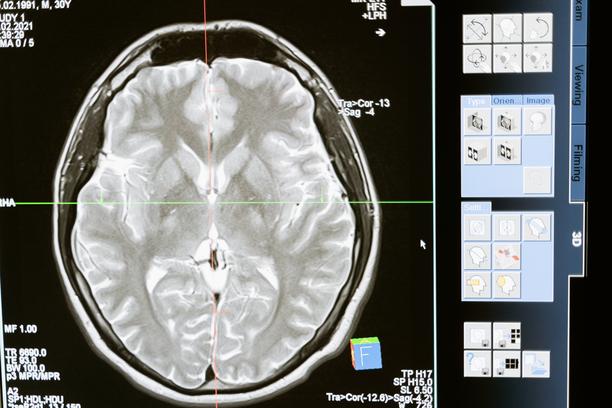Stroke

|
In January 2013 Andrew Marr, the 53-year-old BBC TV presenter and journalist, had a stroke after a bout of intensive exercise on a rowing machine in a gym. What is a stroke? A stroke is a serious medical emergency where the supply of blood to the brain is disrupted. In over 80% of cases, strokes usually happen because a blood clot blocks the blood supply to the brain. They can also happen when a weakened blood vessel that supplies the brain bursts and causes brain damage, known as a haemorrhagic stroke. Andrew Marr's stroke prompted two questions: (i) Do younger healthy people have strokes? and (ii) Does physical exercise contribute to strokes? Are stroke victims getting younger? Andrew Marr was one of 152,000 people in the UK who have strokes each year. Stroke is the third largest cause of death in the UK and the largest single cause of severe disability. There are approximately 1.1 million stroke survivors living in the UK and each year strokes cost the NHS £2.8 billion. The picture is no better in the US, where every 40 seconds a person has a stroke, each year strokes kill 130,000 and cost the US $38.6. Strokes are uncommon, but not rare in men in their fifties like Andrew Marr. Recent research suggests that strokes among the elderly are declining, while strokes among younger people are increasing. Between 1998 and 1999 in the UK, 9,000 people under 55 were admitted to hospital due to stroke. By 2011 this figure had risen to more than 1,600. It is not altogether clear why stroke is increasing among younger people, although experts note its correlation with type 2 diabetes. The importance of specialist stroke units Andrew Marr said that he believed what he read, that taking, "Very intensive exercise in short bursts is the way to health." Just before his stroke he said, "I went onto a rowing machine and gave it everything I had and had a strange feeling afterwards: a blinding headache and flashes of light". He took no notice and went home. The following morning he woke up lying on the floor unable to move. The most important care for people with any form of stroke is prompt admission to a specialist stroke unit, but even with prompt treatment a stroke can often be fatal. |
|
|




Comments